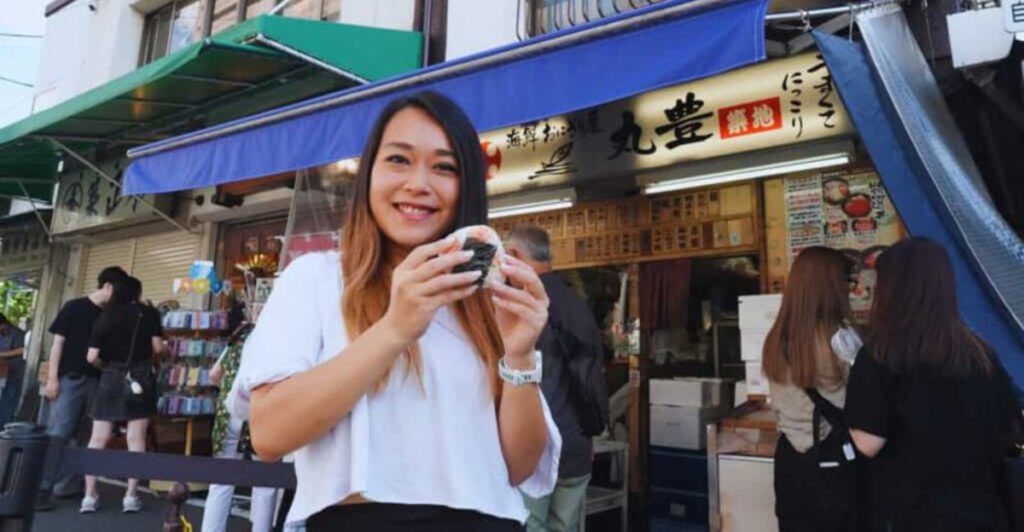Planning your first trip to Japan can feel overwhelming with so much advice floating around online. Most guidebooks cover the obvious stuff like visiting temples and trying sushi, but they miss the real insider knowledge that makes traveling easier. These hidden gems of wisdom come from locals and seasoned travelers who learned the hard way. Here are fifteen essential tips that will transform your Japanese adventure from tourist confusion to confident exploration.
1. Convenience Stores (Konbini) Are Lifesavers
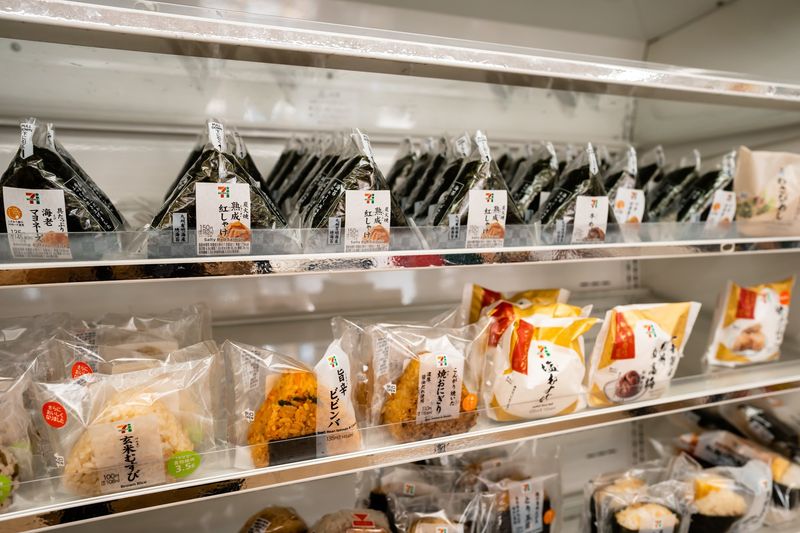
Forget everything you know about convenience stores from back home. Japanese konbini are magical wonderlands that solve almost every travel problem you didn’t know you had.
7-Eleven, FamilyMart, and Lawson offer restaurant-quality bento boxes, fresh onigiri rice balls, and surprisingly good coffee for under 100 yen. Need cash? Their ATMs accept foreign cards when banks won’t.
Free Wi-Fi, printing services, and SIM cards make them digital lifesavers too. Pro tip: FamilyMart’s legendary Famichiki fried chicken beats most restaurant versions and costs just 180 yen.
2. Cash Is Still King in Many Places
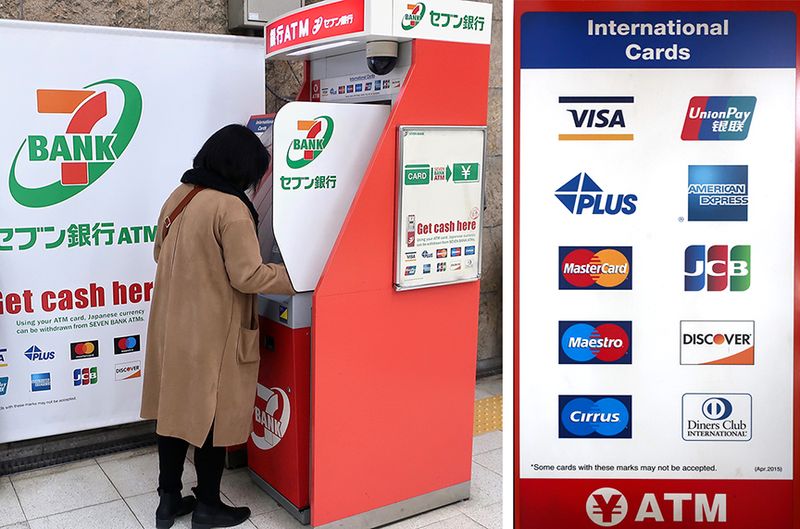
Japan’s high-tech reputation tricks many visitors into thinking cards work everywhere. Reality check: countless small restaurants, temples, and rural shops remain cash-only establishments that will politely turn you away.
Always carry at least 10,000 yen in your wallet as backup. When you run low, head straight to any 7-Eleven ATM since they reliably accept foreign cards.
Regular Japanese bank ATMs often reject overseas cards, leaving tourists stranded. Smart travelers withdraw large amounts less frequently to avoid multiple ATM fees while ensuring they never miss out on amazing hole-in-the-wall discoveries.
3. Google Maps Doesn’t Always Work for Transit
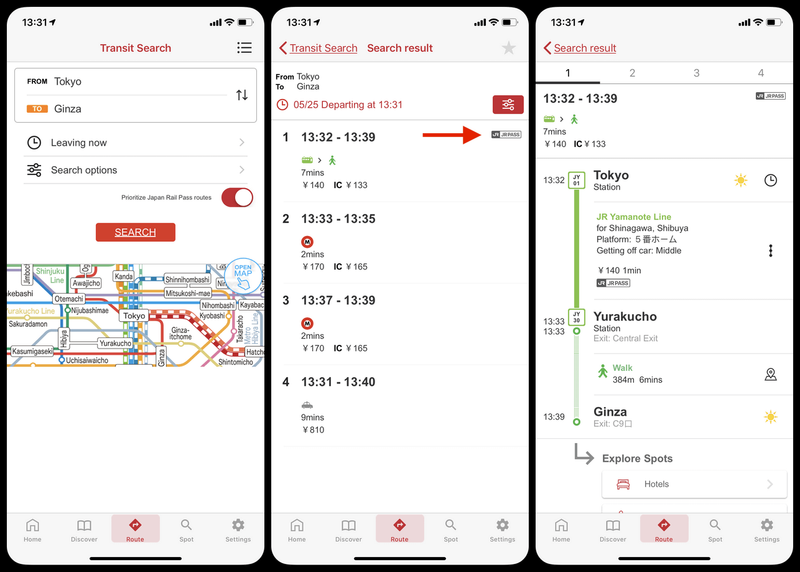
Google Maps excels at walking directions but stumbles with Japan’s complex train system timing and transfers. Locals swear by HyperDia website and Japan Travel by Navitime app for accurate schedules.
These specialized tools show real-time delays, platform numbers, and exact car positions for faster boarding. Station exits can be deceivingly far apart in major hubs like Shinjuku.
Check station maps before emerging to avoid ten-minute underground marathons back to your intended exit. Download offline maps as backup since cellular signals weaken in subway tunnels, especially during rush hours when you need navigation most.
4. Tattoo = No Onsen (Usually)
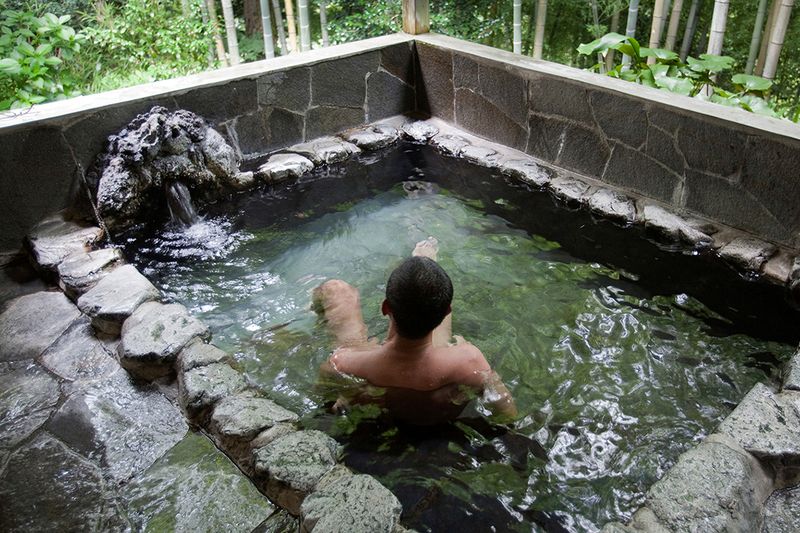
Traditional public baths maintain strict no-tattoo policies due to historical yakuza associations, crushing many travelers’ hot spring dreams. Even small decorative tattoos can trigger polite but firm rejections from staff.
Smart workarounds exist for determined bathers. Book private family onsen rooms, cover tattoos with waterproof patches, or research tattoo-friendly establishments increasingly common in metropolitan areas.
Some modern facilities welcome inked visitors, especially those catering to international guests. Always call ahead or check websites for policies rather than showing up hopefully. Rural traditional onsen remain strictest, while urban bath houses show more flexibility.
5. Don’t Walk and Eat (It’s Rude)

Western cities normalize eating while walking, but Japan considers this behavior remarkably rude and inconsiderate to others. Locals will politely stare at tourists munching street food on the move.
Proper etiquette involves standing near food stalls or finding benches before unwrapping your purchase. Many Japanese people eat konbini meals inside the store rather than taking them outside.
This cultural norm stems from keeping public spaces clean and showing respect for food preparation. Festival areas provide exceptions where walking while eating becomes more acceptable, but default to stationary eating for the safest social approach throughout your travels.
6. Taxis Have Automatic Doors (Don’t Touch Them!)
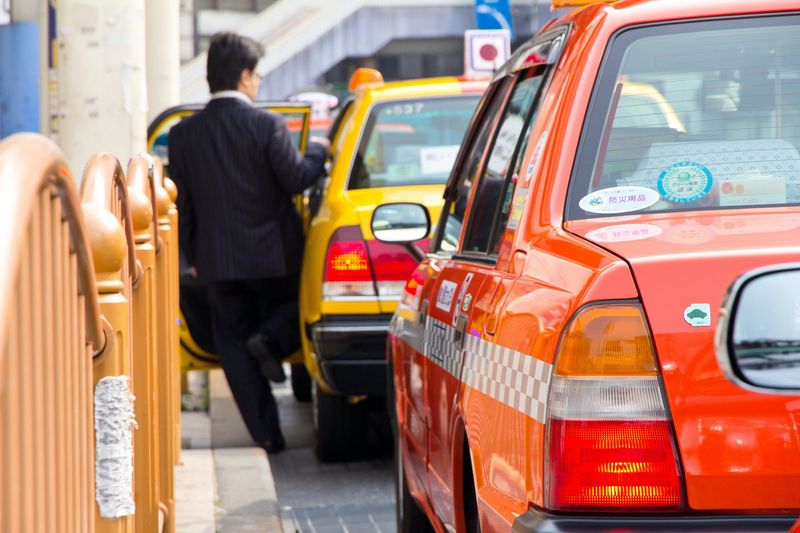
Reaching for taxi door handles marks you instantly as a confused tourist and genuinely puzzles drivers who control all door operations remotely. Step back and let technology handle the entrance gracefully.
Green dashboard lights signal available taxis while red means occupied or off-duty. This simple color system prevents awkward flagging attempts at unavailable rides.
Drivers wear white gloves and maintain immaculate vehicles that put luxury cars to shame. Automatic doors represent just one aspect of Japan’s incredible attention to service details that consistently amazes visitors. Embrace the pampering and enjoy feeling like royalty for your journey.
7. Gachapon (Toy Vending Machines) Are Addictive
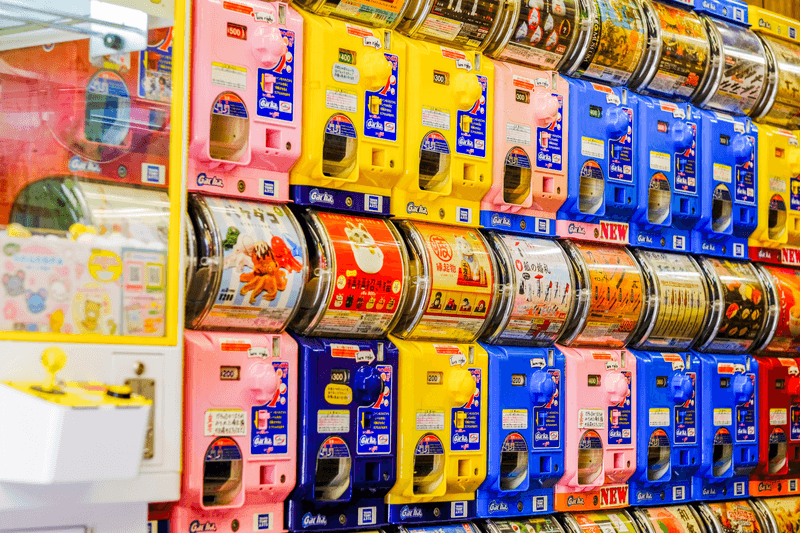
Capsule toy machines lurk everywhere from Akihabara electronics district to random train station corners, each promising that perfect collectible figure. Their innocent appearance masks dangerously addictive gambling mechanics.
Set strict budgets before approaching these colorful temptations since rare items have intentionally low drop rates. Spending 10,000 yen chasing one specific character happens frighteningly easily to unprepared tourists.
Nakano Broadway and Akihabara offer the widest selections, featuring everything from anime figures to miniature food replicas. Smart collectors research which machines contain desired items beforehand rather than randomly feeding coins into every appealing gachapon encountered.
8. You Can’t Trash Your Trash
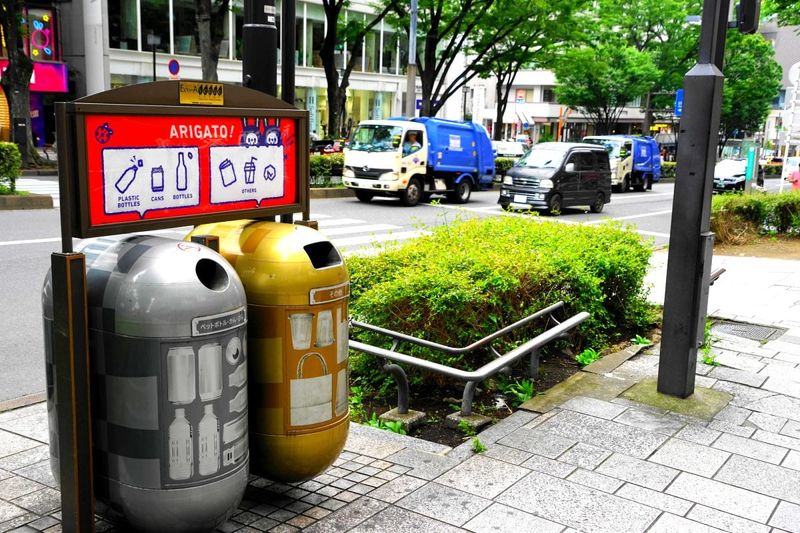
Public trash cans vanished from Japanese streets following past terrorism concerns, leaving tourists clutching garbage with nowhere to dispose of it properly. This shocking reality frustrates visitors accustomed to abundant street bins.
Carry small plastic bags for accumulating waste throughout your adventures. Hotels and convenience stores provide reliable disposal options when public bins remain elusive.
Japanese people master this system by generating minimal waste and planning disposal stops strategically. Restaurants typically handle their packaging waste, but street food and shopping create inevitable garbage. Preparation prevents the embarrassing situation of carrying trash for hours while desperately seeking disposal opportunities.
9. Train Etiquette: Silence & No Calls
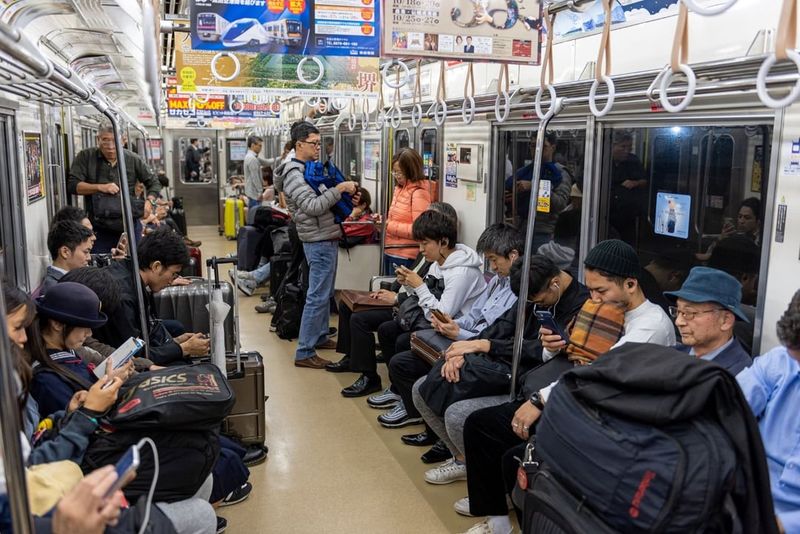
Loud conversations and phone calls on trains mark tourists instantly while earning disapproving stares from polite but annoyed locals. Even texting happens discreetly with silent keyboards and dimmed screens.
Priority seats require turning off phone sounds completely to avoid disturbing elderly passengers or those with medical conditions. Whispered conversations become acceptable only during longer intercity journeys.
Rush hour trains pack impossibly tight, making noise even more intrusive to stressed commuters. Observe the peaceful atmosphere and embrace this rare opportunity for quiet reflection during your travels. Headphones stay at reasonable volumes since sound leakage bothers neighbors in close quarters.
10. Vending Machines Have Hidden Gems
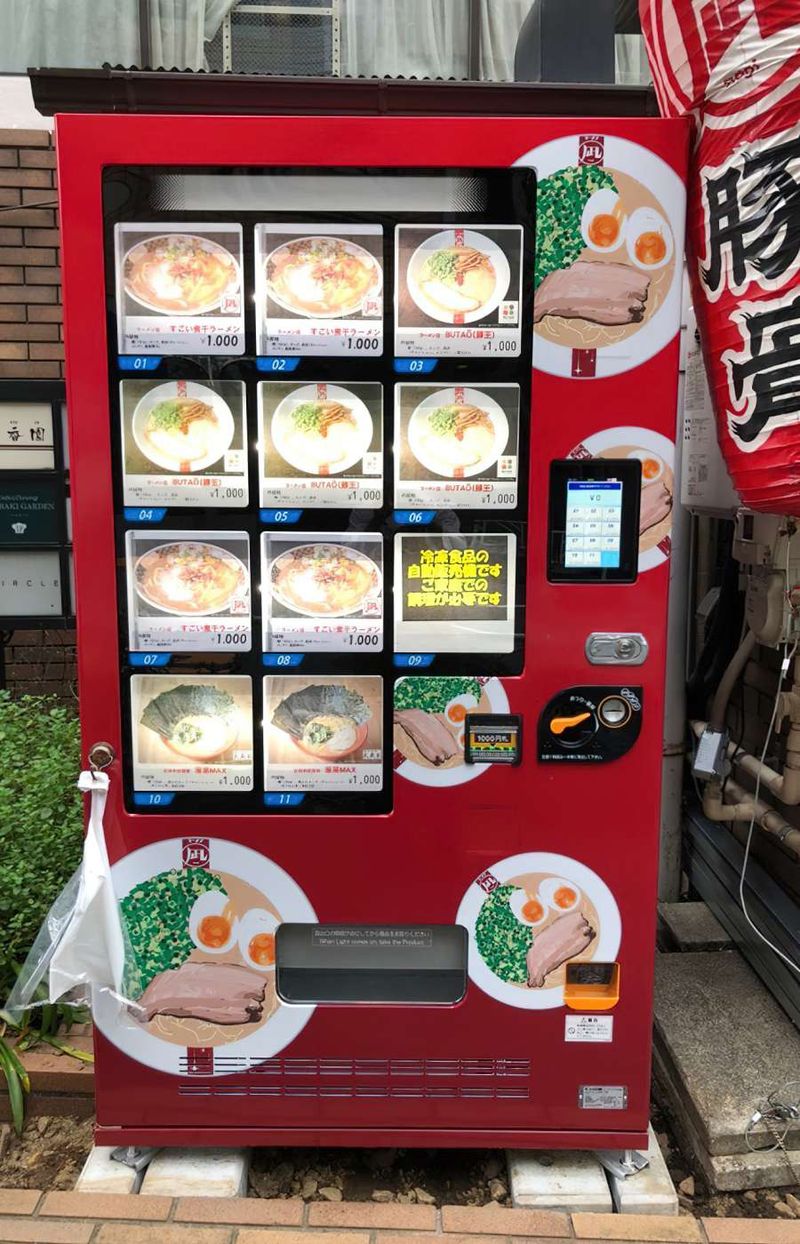
Japanese vending machines transcend simple soda dispensing to offer hot corn soup, sake, and even steaming ramen bowls that rival restaurant quality. These mechanical marvels hide in unexpected locations throughout cities.
Suica and Pasmo transit cards work at many machines, eliminating coin fumbling while providing convenient cashless transactions. Hot drinks stay perfectly heated while cold options maintain ideal temperatures year-round.
Seasonal offerings appear regularly, featuring limited-time flavors and regional specialties unavailable elsewhere. Adventure-seeking travelers discover amazing late-night meals from machines when restaurants close early. Each machine represents a mini culinary expedition waiting for curious visitors willing to press unfamiliar buttons.
11. Don’t Tip (Seriously, Don’t)

Tipping violates Japanese cultural norms so strongly that staff may chase you down streets to return forgotten money, genuinely believing you made an error. Excellent service comes standard without additional payment expectations.
Restaurant bills include all charges with no hidden gratuity lines on receipts. Taxi drivers, hotel staff, and tour guides perform exceptional service as professional pride rather than tip-seeking behavior.
Attempting to tip can embarrass service workers who take personal offense at implications their wages need supplementing. Japanese hospitality culture emphasizes sincere service from the heart rather than financial motivation. Respect this beautiful tradition by simply saying thank you instead of reaching for your wallet.
12. Restaurants Close Early (Like 8 or 9 PM)
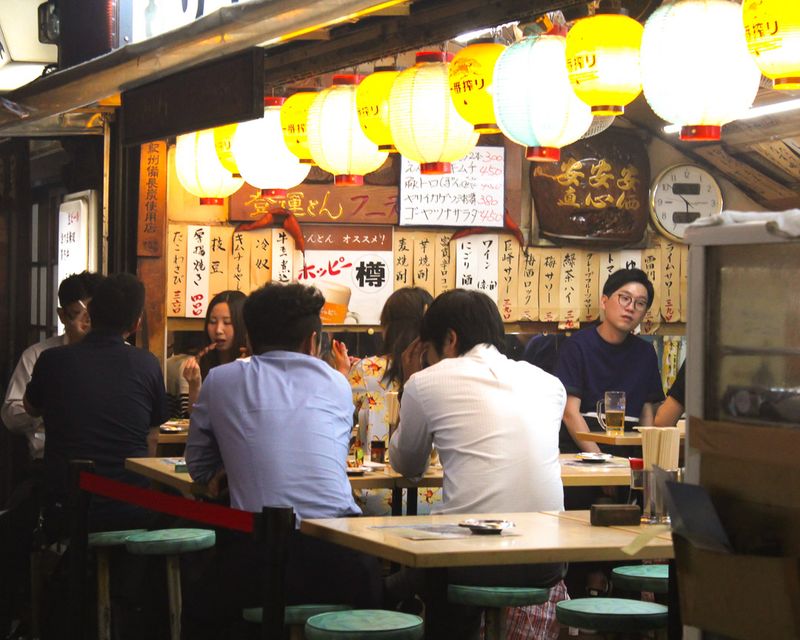
Many beloved local eateries shut down surprisingly early, crushing dinner dreams of jet-lagged tourists who expect Western restaurant hours. Family-run establishments often close by 8 PM sharp, leaving hungry visitors disappointed.
Plan dinner adventures before sunset to avoid missing incredible hole-in-the-wall discoveries. Izakayas (Japanese pubs) stay open later, offering food and drinks for night owls seeking authentic experiences.
Ramen shops near train stations provide reliable late-night options since they cater to commuters and party-goers. Department store restaurant floors maintain longer hours but close by 10 PM typically. Smart travelers eat lunch at highly-rated spots and save chains for emergency late dinners.
13. You Might Need a Reservation for Popular Restaurants
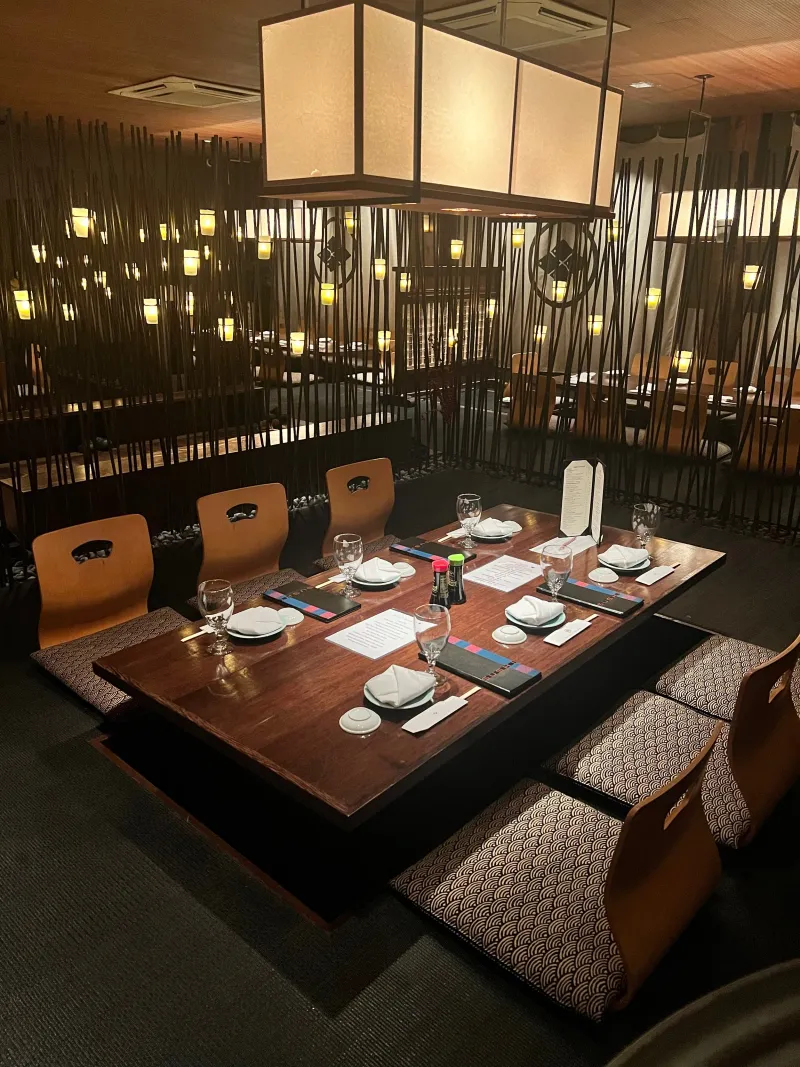
Michelin-starred sushi counters and famous ramen shops often require advance bookings, disappointing walk-in tourists who discover this reality too late. Even neighborhood tempura joints may operate reservation-only policies.
TableCheck app simplifies booking processes for international visitors, while hotel concierges provide invaluable assistance navigating language barriers. Some establishments only accept phone reservations in Japanese, making local help essential.
Kaiseki restaurants book weeks ahead during peak seasons, requiring serious advance planning for special dining experiences. Popular breakfast spots surprisingly fill up fast too. Research and reserve must-try restaurants immediately after booking flights to avoid crushing disappointment during your carefully planned culinary journey.
14. Shoes Off Everywhere (Even Some Restaurants)
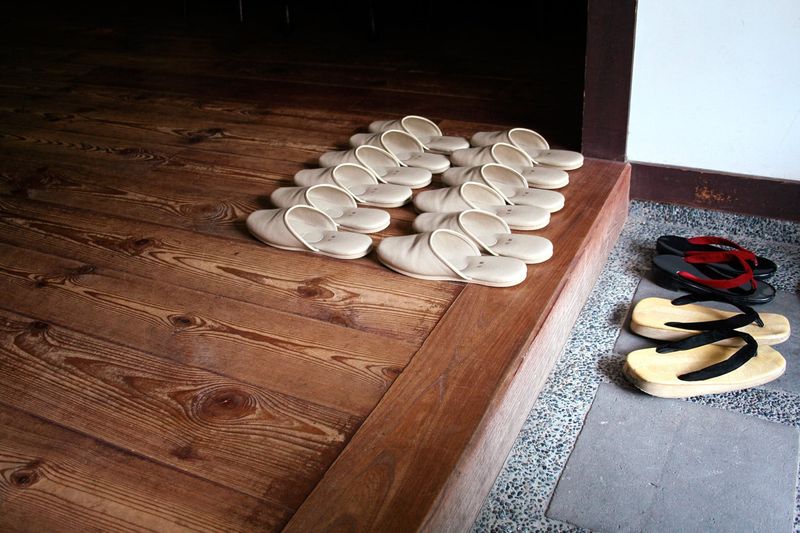
Shoe removal extends far beyond homes and ryokans to include traditional restaurants, temples, fitting rooms, and various unexpected locations that catch tourists off-guard. Slip-on shoes become your best travel investment.
Provided slippers handle most situations, but never wear them on sacred tatami mats where bare feet or socks show proper respect. Different slippers exist for toilets versus general indoor use.
Watch for subtle floor level changes and shoe storage areas that signal removal zones. Wearing clean, hole-free socks prevents embarrassing moments when feet become visible. Some upscale establishments provide special indoor footwear, while others expect complete shoe removal throughout your visit. Preparation prevents awkward fumbling with complicated laces.
15. The Best Souvenirs Aren’t at Tourist Spots

Overpriced tourist shops in Asakusa and similar hotspots peddle generic items available worldwide, while authentic treasures hide in department store basements called depachika. These underground wonderlands offer regional specialties unavailable elsewhere.
Unique Kit Kat flavors like matcha, sake, and seasonal varieties make perfect gifts that actually represent Japanese innovation. Handmade crafts from local artisans cost less than tourist trap versions.
Regional snacks and sweets showcase local flavors impossible to find internationally, creating memorable edible souvenirs friends actually appreciate. Department stores guarantee quality while offering tax-free shopping for tourists. Skip the obvious choices and discover genuine Japanese products locals actually buy for themselves.

